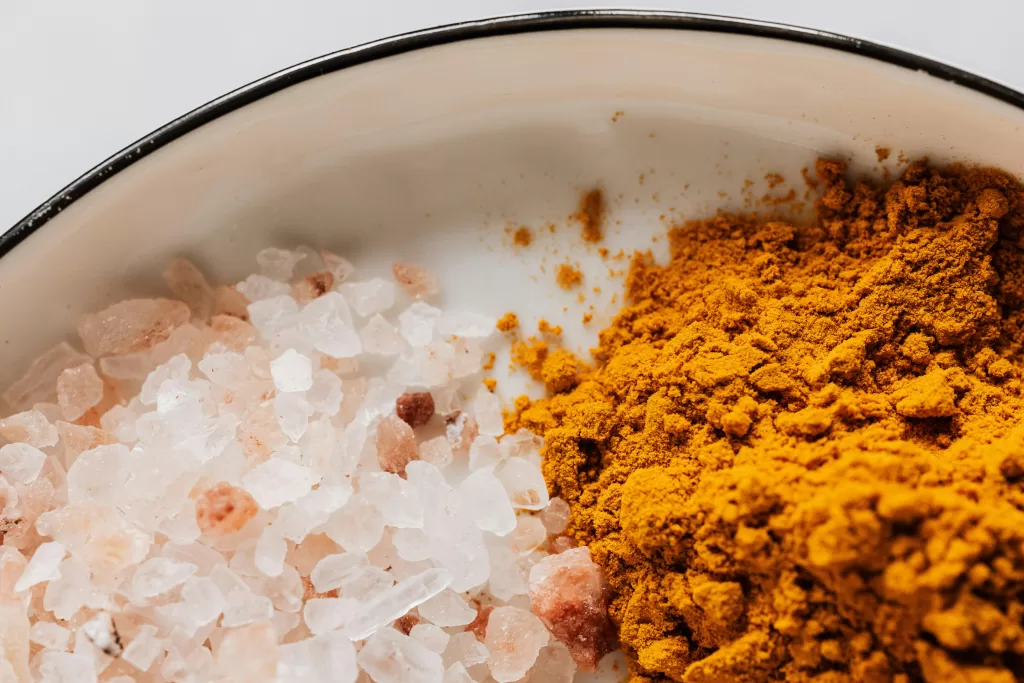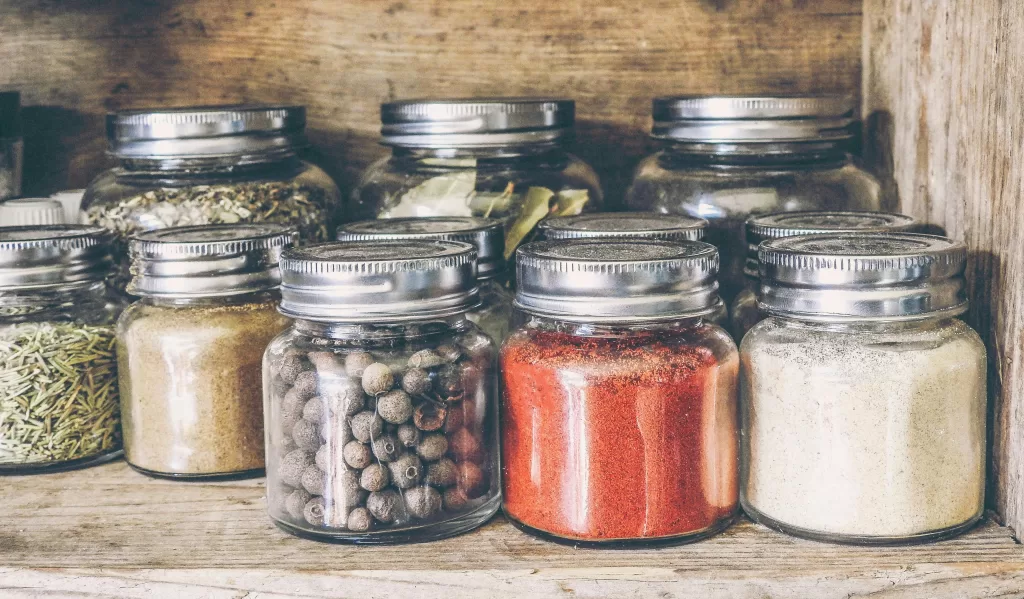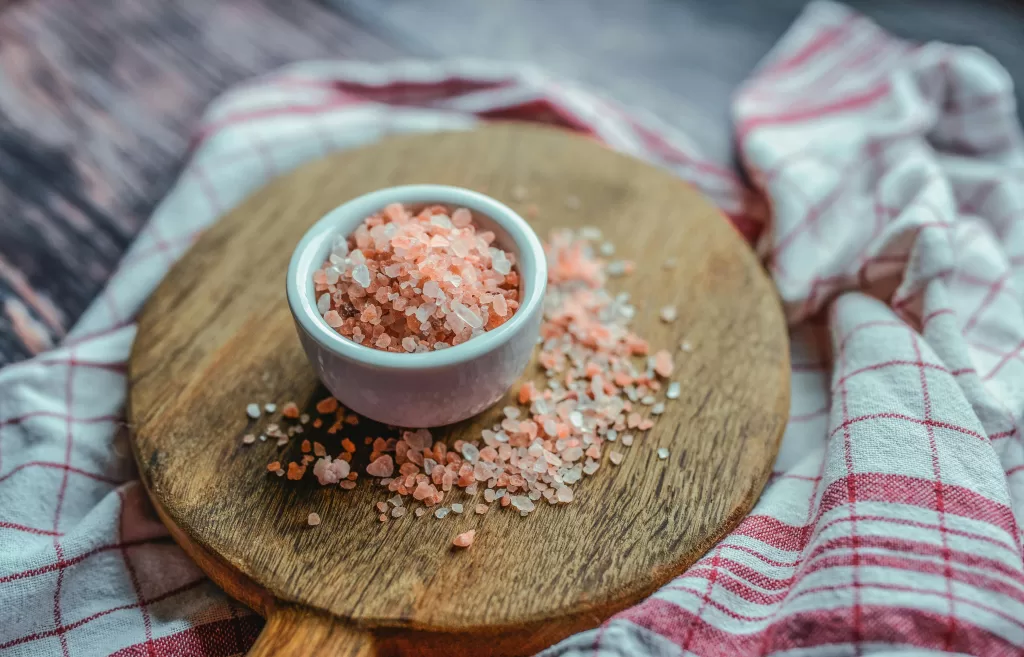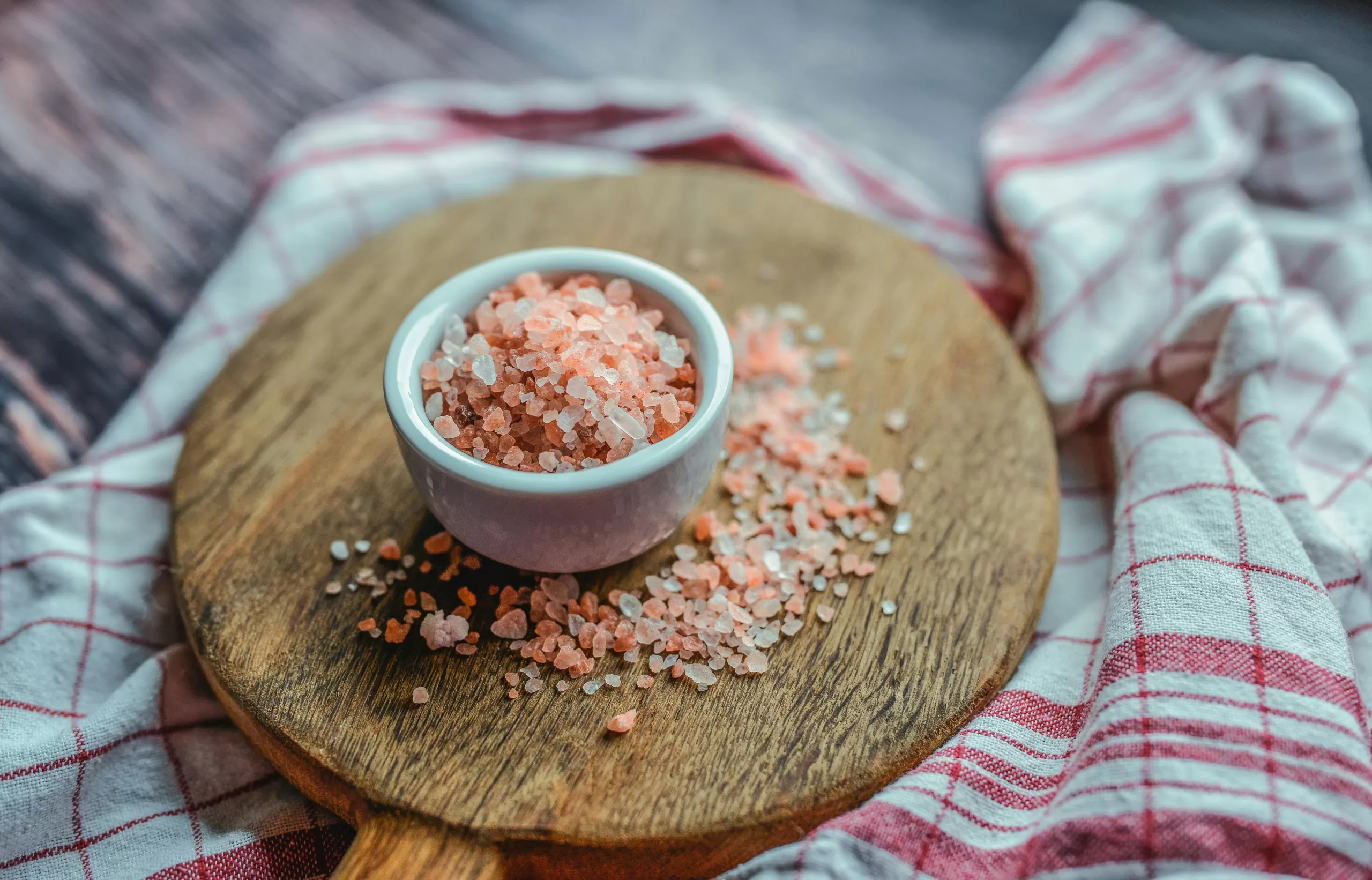10 Amazing Different Types Of Salt And When To Use Them
When it comes to cooking, the type of salt you use can have a profound impact on the taste and texture of your dish. While table salt may be the most commonly used variety, many different types of salt are available for culinary use. In this post, we will explore ten different types of salt and when to use them.

10 Different Types Of Salt And When To Use Them
1. Table Salt:
This is the every day, finely ground salt you find in most kitchens. It is usually iodized, which means it has been fortified with iodine to prevent deficiencies. Table salt is excellent for cooking, and it can be used to season soups, stews, and sauces. It can also be mixed with other ingredients to make flavored salt, like ground table salt and celery seeds, which are mixed to make celery salt.
2. Kosher Salt:
Kosher salt has larger crystals compared to table salt. It does not contain any additives like iodine or anti-caking agents. Kosher salt is excellent for koshering meat and achieving a nice crust when grilling or roasting.
3. Sea Salt:
As the name suggests, sea salt is sourced from evaporated seawater and undergoes minimal processing. It comes in several varieties, such as Celtic sea salt, Himalayan pink salt, or Fleur de Sel. These salts add a unique flavor and textural crunch to salads and roasted vegetables.

4. Himalayan Pink Salt:
This popular type of sea salt gets its unique pink color from the minerals found in the Himalayan mountains. Its delicate flavor makes it suitable for finishing dishes like grilled meats or salads.
5. Flake Salt:
Flake salts have a thin, flaky structure that dissolves quickly on your tongue. They are great for adding a touch of elegance when sprinkling over chocolates or caramels.
6. Sel Gris:
Hailing from Brittany, France, Sel Gris (gray salt) is harvested from clay-lined pools where seawater evaporates naturally by wind and sun. This gray-colored salt is best used for cooking or brining as the layered texture retains its moisture, resulting in tasty recipes.
7. Pickling Salt:
As the name implies, this type of salt is specially crafted for pickling fruits and vegetables. It does not contain any additives that could potentially cloud your brine.

8. Smoked Salt:
If you like a little smoky flavor in your food, this is the salt you should look for. Aromatic salt is smoked with bark-free woods for a set number of days to achieve various flavors. From apple wood and oak to alder, all kinds of wood choices are available.
9. Seasoned Salt Blends – A Creative Twist on Flavor
In addition to the various types of salt mentioned above, seasoned salt blends are also available in the market. These blends combine salt with various herbs, spices, and other flavorings to create unique and convenient seasoning options. Whether you’re looking for a smoky barbecue blend or a zesty lemon pepper mix, seasoned salt blends offer an easy way to elevate the taste of your dishes.
10. Alternative Salts for Dietary Restrictions
Salt alternatives have become increasingly popular due to dietary restrictions or health concerns. These substitutes aim to provide a similar salty taste while minimizing sodium intake. Examples include potassium-based salts like potassium chloride or low-sodium alternatives made with herbs such as celery seed or kelp powder. If you’re watching your sodium intake or have specific dietary requirements, these alternative salts can be a great option to explore.
Conclusion
It is important to note that these salts are used in different quantities due to their varying crystal size and density. Always read the recipe instructions carefully to determine the appropriate amount of salt required. Beyond all that, you should try experimenting with new flavor combinations to diversify your culinary playbook.
Using different types of salt in your cooking can introduce a whole new dimension of flavors and textures to your dishes. Whether it’s the delicate crunch of flake salt or the trace minerals found in pink Himalayan salt, each variety offers its unique characteristics. So, next time you’re in the kitchen, why not sprinkle a little adventure by reaching for an alternative salt? The results might surprise you!







